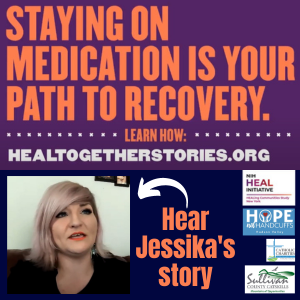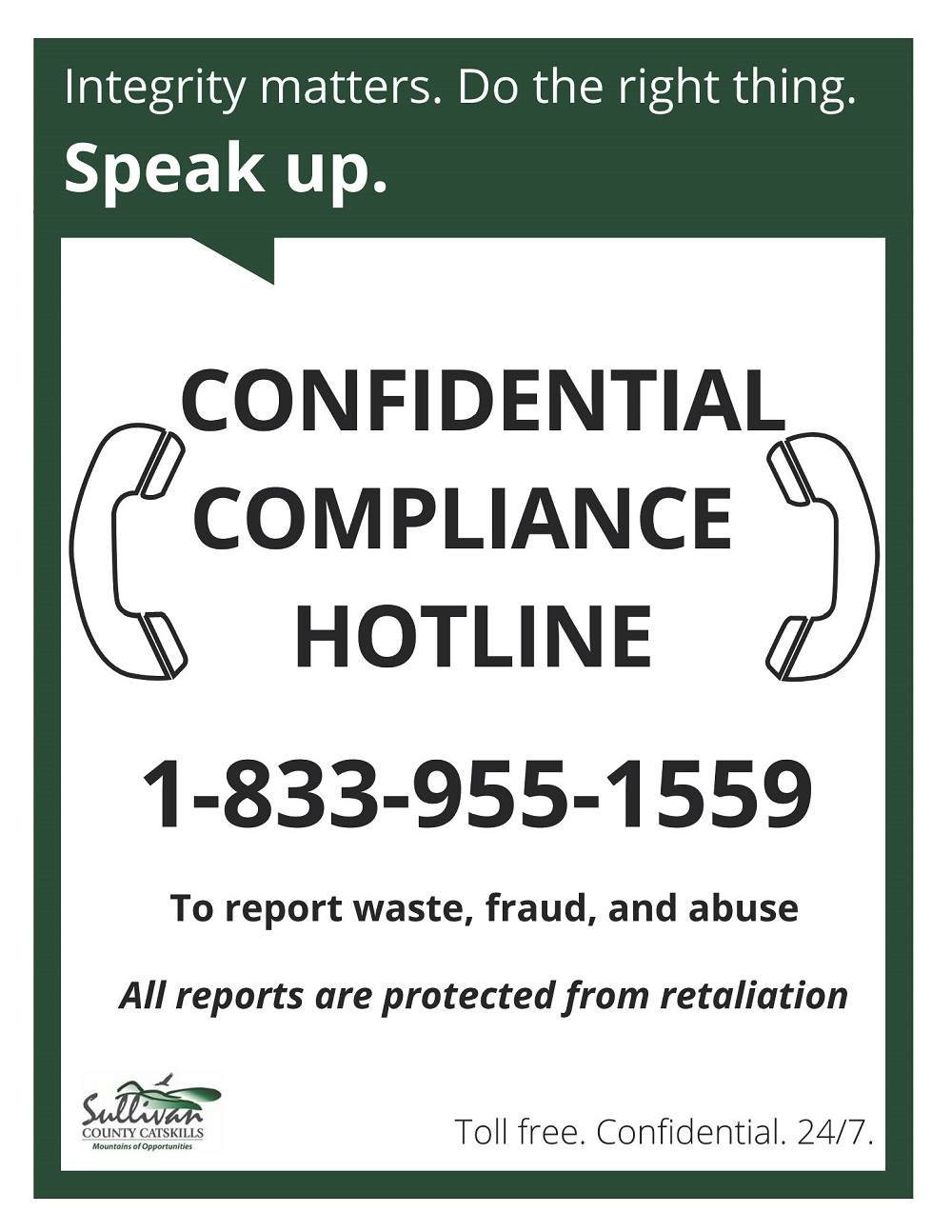
Liberty, NY – No matter where we live, we all know at least one person affected by opioid use disorder (OUD). An estimated 2.1 million Americans have OUD, including residents of Sullivan County.
“What many do not realize is that OUD is a very real medical disorder characterized by an inability to stop the use of an addictive substance, despite the negative consequences associated with its use,” notes Sullivan County Health & Human Services Deputy Commissioner Melissa Stickle. “Addiction is a chronic brain disease – not a lack of willpower. Recovery from OUD also requires more than willpower, and medications can be part of the solution.”
Three FDA approved medications – methadone, buprenorphine, and naltrexone – can lower the risk of relapse and overdose.
“The longer a person with OUD stays in medication treatment, the greater the chance of a successful recovery,” says Stickle. “However, challenges associated with availability and acceptance of medication treatment exist.”
To address these challenges, Stickle, other Sullivan County officials, and partners Hope Not Handcuffs and Catholic Charities of Orange, Sullivan and Ulster are participating in the HEALing Communities Study, which launched its latest campaign on August 7 - focused on Staying in Medication Treatment. This unique, Statewide campaign aims to help people with OUD and needed supporters (e.g., loved ones, treatment providers):
- Understand how important medication treatment can be for recovery from OUD
- Learn how to overcome commonly experienced barriers to treatment retention
- Improve support for those in medication treatment
Throughout the campaign, real people share their compelling stories about how they have overcome challenges to staying in medication treatment. Treatment challenges addressed throughout the campaign include managing anxiety and depression, coping with cravings and triggers, finding recovery support that accepts medication treatment, and asking for support from loved ones.
“As the videos we’ll be sharing will show, everyone can make a difference by staying in OUD treatment for as long as they need and supporting loved ones in OUD treatment,” explains Stickle.
About the HEALing Communities Study
The National Survey on Drug Use and Health estimates that 2.1 million Americans have OUD, yet fewer than 20% of those individuals receive specialty care in a given year. A menu of evidence-based practices exists, including opioid overdose education and naloxone dissemination programs, prescription drug monitoring programs, and FDA-approved medications for opioid use disorder.
Unfortunately, these have largely failed to penetrate community settings. As a result, the National Institutes of Health and the Substance Abuse and Mental Health Services Administration launched the HEALing Communities Study to investigate and identify the best ways to preventing and treat OUD. The goal of the study is to reduce opioid-related overdose deaths by 40% over the course of three years.
To learn more, please visit www.healingcommunitiesstudy.org/communities/nysullivan.html.

